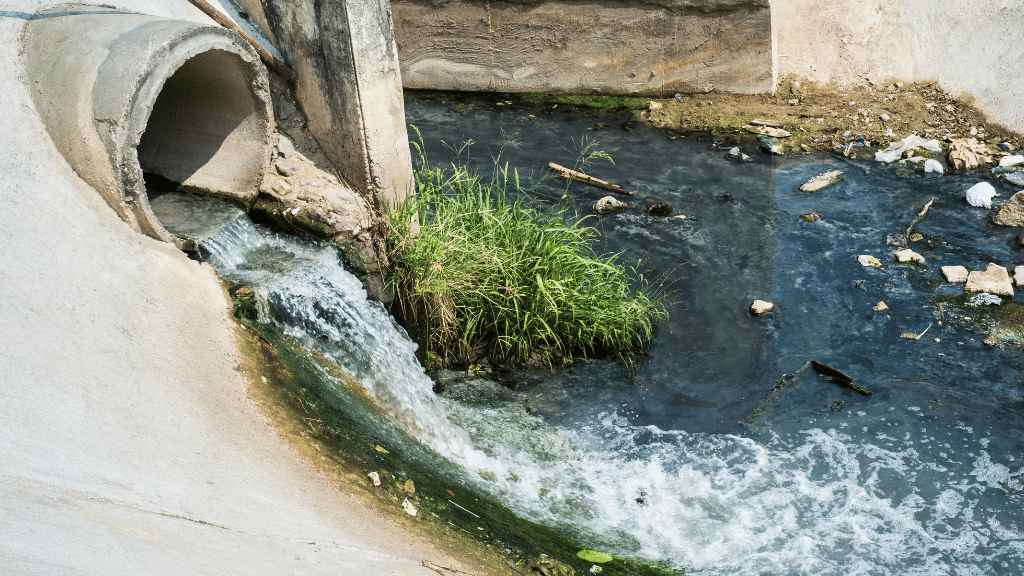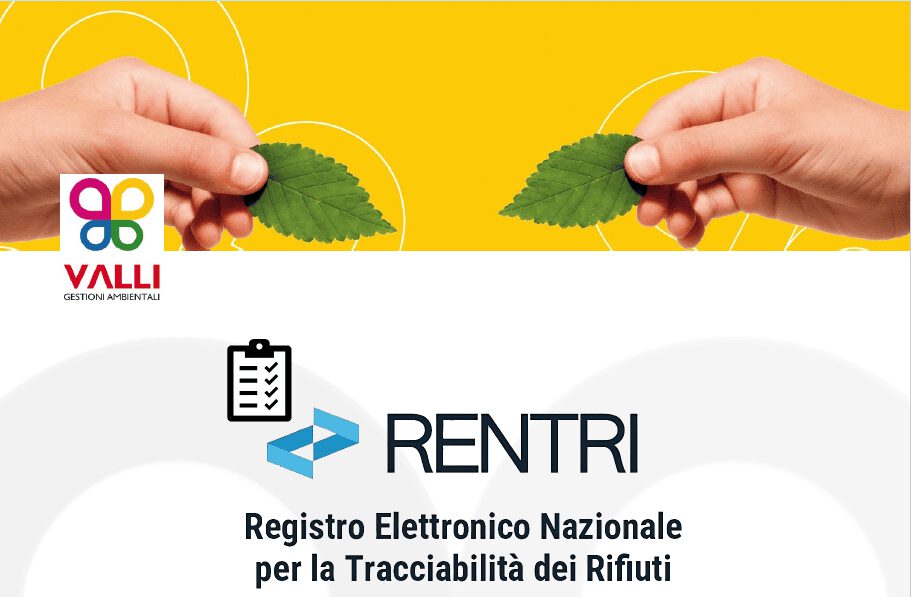Industrial wastewater poses a significant challenge for modern businesses, both in terms of environmental sustainability and regulatory compliance.
In this article, we will explore the various facets of sustainable industrial wastewater management, highlighting best practices and relevant regulations.
How wastewater is classified
Wastewater is classified according to its origin and the characteristics of the contaminants it contains. The main classifications are domestic wastewater, industrial wastewater, and urban wastewater.
Domestic wastewater comes from homes and contains mainly biodegradable organic substances and a low concentration of pollutants. These waters are derived from everyday activities such as cooking, washing and using toilets.
Industrial wastewater is generated by the production processes of industries and can contain chemicals, heavy metals, oils, greases and other toxic substances. The composition of these waters varies greatly depending on the type of industrial activity.
Urban wastewater is a mixture of domestic wastewater and run-off rainwater. This category includes water that flows from urban surfaces, collecting pollutants present in roads and soils, as well as water from homes.
Industrial Wastewater: what is meant
Industrial wastewater is wastewater from manufacturing processes, which can contain chemical, biological, and physical contaminants. These waters differ significantly from domestic wastewater due to their complex and variable composition, which depends on the type of industrial activity.
Industrial wastewater management is crucial to minimizing environmental impact. Pollutants found in industrial wastewater can include heavy metals, solvents, oils, greases, and other toxic substances. Without proper treatment, these contaminants can severely damage aquatic ecosystems and human health.
Types of wastewater provided for by Legislative Decree 152/2006
Legislative Decree 152/2006, also known as the “Consolidated Environmental Act”, defines different types of wastewater. According to this decree, wastewater is classified into three main categories: domestic wastewater, industrial wastewater and urban wastewater.
When a discharge permit is required
Clearing wastewater discharge is a key requirement to ensure that discharges do not harm the environment and comply with current regulations. According to Legislative Decree 152/2006, authorization is required in various situations.
First of all, every company that produces industrial wastewater must obtain a discharge permit. This is because such water may contain hazardous substances that need proper treatment to avoid environmental contamination.
Authorisation is also required for urban and domestic wastewater discharges , especially when they are conveyed into public or private sewer systems. In addition, any substantial changes to the wastewater treatment plant or discharge characteristics require an update of the permit.
Authorisations are issued by the competent authorities, which assess the compliance of the proposed treatments and ensure that the discharges comply with the legal limits for the protection of water resources.
Where wastewater is discharged
Wastewater can be discharged at various points, depending on the type of wastewater and local regulations. The main destinations for discharge include surface water bodies, sewer networks and treatment plants.
Surface water bodies such as rivers, lakes, and the sea are often used for wastewater discharge, but only after it has been properly treated to remove pollutants. Treatment is essential to avoid the degradation of aquatic ecosystems and ensure water quality.
Public sewer networks are another common destination for urban and domestic wastewater. In these networks, water is conveyed to centralized treatment plants, where it undergoes purification processes before being discharged into water bodies.
Industrial wastewater treatment plants are designed to specifically handle the characteristics of water from production processes. These plants use advanced technologies to remove complex contaminants, allowing the reuse of treated water or its safe discharge.
Industrial wastewater treatment
Industrial wastewater treatment is a complex process that aims to remove contaminants present in wastewater. This process can be divided into several stages, including pretreatment, primary, secondary, and tertiary treatment. Each phase aims to progressively reduce the concentration of pollutants.
Pretreatment includes operations such as the removal of coarse materials and oils, while primary treatment focuses on the sedimentation of suspended solids. Secondary treatment involves biological processes to degrade organic compounds, and tertiary treatment deals with the removal of nutrients and micropollutants.
Advanced technologies such as reverse osmosis and membrane filtration can be used to achieve high purity levels.
Water reuse in industry
Water reuse in industry is a sustainable practice that reduces the consumption of fresh water and reduces the amount of wastewater to be treated. This approach not only contributes to the conservation of water resources, but can also reduce the operating costs of companies.
There are various strategies for water reuse in industries. For example, treated water can be used for plant cooling, equipment cleaning, or even as a raw material in some production processes. Implementing an efficient reuse system requires a detailed analysis of business needs and wastewater characteristics.
Standards involved
The management of industrial wastewater is regulated by a series of regulations at national and European level. These regulations are designed to protect the environment and ensure the safety of the population.
- Urban Wastewater Directive: Sets standards for wastewater treatment and disposal.
- REACH Regulation: Concerns the registration, evaluation, authorization and restriction of chemicals.
- Water Framework Directive: Aims to protect and improve water quality in the European Union.
Wastewater monitoring is essential to ensure compliance with environmental regulations and to evaluate the effectiveness of treatment systems.
Competent authorities impose strict limits on the concentrations of pollutants allowed in discharges, and companies are required to undergo regular checks to verify compliance.
Continuous wastewater monitoring allows you to identify any issues early and make immediate corrections to ensure regulatory compliance and environmental protection. In addition, the data collected during monitoring is crucial for environmental reporting and demonstrating compliance with established standards.
How wastewater is disposed of
The disposal of industrial wastewater is a crucial step in ensuring environmental protection. The methods of disposal vary depending on the type of pollutants present and local regulations.
The main disposal techniques include release into surface water bodies after adequate treatment, infiltration into the soil and direct or indirect reuse of treated water.
In some cases, wastewater can be conveyed to municipal treatment plants. Each method must be carefully evaluated to ensure compliance with environmental regulations and minimize ecological impact.
Sustainable management of industrial wastewater is essential for a greener and more responsible future. Implementing effective treatment practices and complying with regulations can significantly contribute to the conservation of natural resources and the improvement of quality of life.
How Valli Gestioni Ambientali operates
We at Valli Gestioni Ambientali are registered in the National Register of Environmental Managers and are passionately dedicated to the collection and management of liquid and solid sludge.
Thanks to our consolidated partnership with WRC World Resources Company GmbH, a renowned company based in Germany, we operate throughout Italy to collect sludge, liquid and solid waste deriving mainly from galvanic treatments and metal processing.
These materials undergo a rigorous treatment process that ensures complete recovery and recycling. Our commitment is not limited to mere disposal, but aims at the reuse of sludge, following the principle that every opportunity for appropriate reuse contributes significantly to the protection of the environment.




